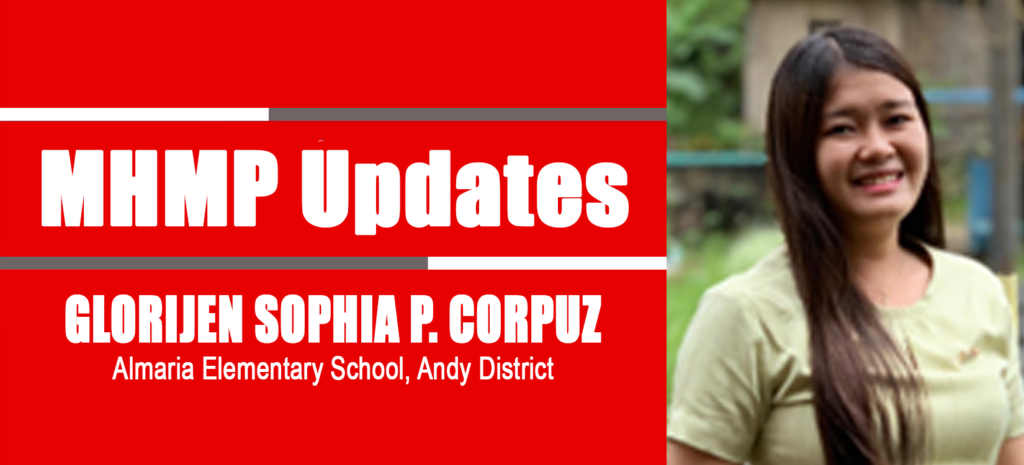
Quality education is needed for a nation to become vigorous and pursue its desired visions and goals. Its people cannot fulfill their personal and social responsibilities efficiently and effectively if not given a quality education. To meet this need, its Long-term Development Plan has for its thrust to make the quality of education, the overriding goal of the educational system (Thom-Otuya, 2012). Early childhood treatment and development are the primary targets in supporting academic development missions, away from other goals (Monsalve, 2017).

Teachers around the nation are working tirelessly to empower children in the 21st-century environment with the skills required for their success. Teachers will need to cultivate a learning atmosphere that facilitates strategic thought, innovation, problem-solving, engagement, teamwork, global knowledge, and responsibility to instill in the pupils the flexibility and adapt to changing technologies to prepare kids for the boundless future ahead. Therefore, with the aid of parents to lay the cornerstone of lifelong learning, the teacher plays a crucial role in obtaining educational objectives. (Khasbani, 2018).
Good teaching is a very personal manner. Effective teaching is concerned with the pupils as a person and with their general development. The teacher can recognize individual differences among pupils and adjust instructions that best suit all the learners. They are always looking at choosing the best strategies for pupils. They are using explicit instruction to impart the components of a system.
The importance of teacher responsiveness to learner’s differences, knowledge of learning processes and capabilities, and the multiple developmental goals are critical factors within the kindergarten teaching approaches. These teaching approaches are significant in child development and learning (Early, Maxwell, Burchinal, Alva, Bender, Bryant & Henry, 2017). The kids who are four and five are ready for more organized social play. Preschoolers mature from being inquisitive of their own, but within others’ actions and emotions (Lagoni, 2016).
Kindergarten has been seen as a critical year of transition as all school-age children start receiving formal education. Some might have little experience with settings like schools, while some may have attended preschool programs. With students from all different homes, cultures, and backgrounds, it is imaginable to see how chaotic a kindergarten classroom could be and how clueless kids could be for the first few weeks of school.

The kindergarten program of the Department of Education is more specifically focused on encouraging “school readiness” and supports the use of collected worksheets, manipulative play tools, as well as opportunities created by teachers. A “Preschool Handbook” is provided to teachers in kindergarten, which outlines the curriculum expectations and topics or content to be discussed, prescribed classroom exercises, and learning materials.
Some recommendations for classroom management are also included in the routine and, (UNESCO IBE, 2006). Kindergarten educators are amongst the most challenging positions in today’s modern schooling. They have the task of changing kids into ready-to-learn students before they attend first grade.

